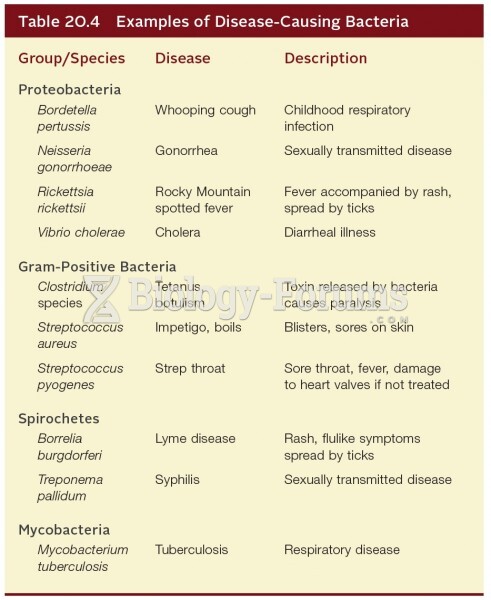Answer to Question 1
a
Answer to Question 2
Religious groups vary in their organizational structure. Sociologists have developed
typologies or ideal types of religious organizations so they can better study a wide
variety of religious groups. The most common categorization sets forth four types:
ecclesia, church, sect, and cult. Some countries have an official or state religion known
as the ecclesiaa religious organization that is so integrated into the dominant culture
that it claims as its membership all members of a society. Membership in the ecclesia
occurs as a result of being born into the society, rather than by any conscious decision
on the part of the individual members. A church is a large, bureaucratically organized
religious organization that tends to seek accommodation with the larger society in order
to maintain some degree of control over it. Church membership is largely based on
birth typically, children of church members are baptized as infants and become lifelong
members of the church. Churches have a bureaucratic structure, and leadership is
hierarchically arranged. Usually, the clergy have many years of formal education.
Churches have very restrained services that appeal to the intellect rather than the
emotions. Midway between the church and the sect is the denominationa large
organized religion characterized by accommodation to society but frequently lacking in
ability or intention to dominate society. Denominations have a trained ministry, and
although involvement by lay members is encouraged more than in the church, their
participation is usually limited to particular activities, such as readings or prayers.
Denominations tend to be more tolerant and are less likely than churches to expel or
excommunicate members. This form of organization is most likely to thrive in societies
characterized by religious pluralisma situation in which many religious groups exist
because they have a special appeal to specific segments of the population. Perhaps
because of its diversity, the United States has more denominations than any other
nation. A sect is a relatively small religious group that has broken away from another
religious organization to renew what it views as the original version of the faith. Unlike
churches, sects offer members a more personal religion and an intimate relationship
with a supreme being, who is depicted as taking an active interest in the individual's
everyday life. A new religious movement, formerly termed a cult, is a loosely organized
religious group with practices and teachings outside the dominant culture and religious
traditions of a society. Leadership is based on charismatic characteristics of the
individual leader, including an unusual ability to communicate and to form attachments
with other members.







